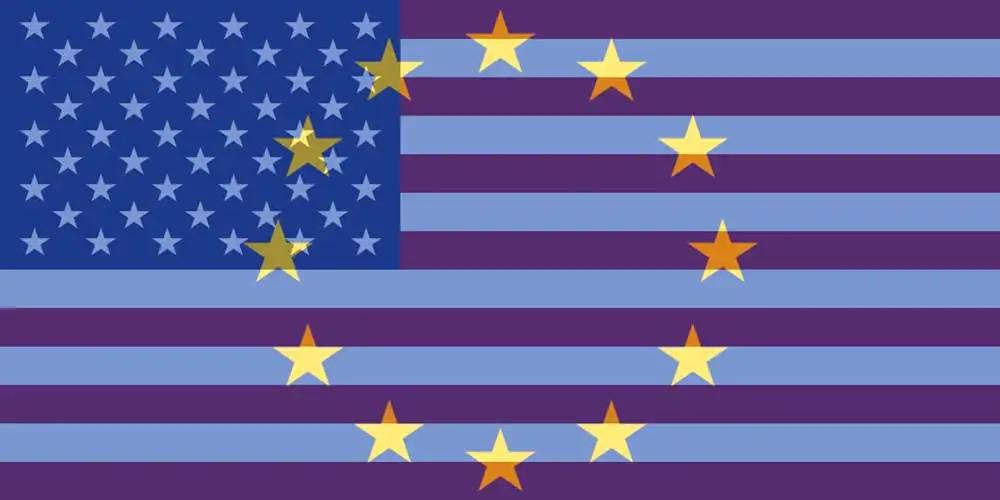Receiving an international wire transfer at Chase Bank
Chase Bank has several bank codes that may be used for receiving foreign wire transfers, depending on the currency and location of the sending bank. Here are some of the most common codes used for Chase Bank:
SWIFT Code: CHASUS33: This code is used for receiving wire transfers in U.S. dollars from foreign banks.
CHIPS UID: 0002: This code is used for receiving wire transfers in U.S. dollars from foreign banks that are members of the Clearing House Interbank Payments System (CHIPS).
Fedwire ABA Routing Number: 021000021: This code is used for receiving wire transfers in U.S. dollars from banks located within the United States.
ABA Routing Number for Wire Transfers: 021000021: This code is used for receiving wire transfers in U.S. dollars from banks located outside of the United States.
It's important to note that specific codes may vary depending on the currency and location of the sending bank, and it's recommended to confirm the correct codes with Chase Bank before initiating a wire transfer.
Chase credit card FX fees
Chase Bank offers several credit cards with different foreign transaction fees. Here are some examples:
Chase Sapphire Preferred Card: This card charges no foreign transaction fees, making it a good option for travelers who frequently make purchases in foreign currencies.
Chase Sapphire Reserve: Similar to the Sapphire Preferred Card, this card also does not charge foreign transaction fees.
Chase Freedom Unlimited: This card charges a foreign transaction fee of 3% of each transaction in U.S. dollars.
Chase Freedom Flex: Similar to the Freedom Unlimited, this card also charges a foreign transaction fee of 3% of each transaction in U.S. dollars.
United Explorer Card: This card charges a foreign transaction fee of 0% to 3% of each transaction in U.S. dollars, depending on the currency used.
It's important to note that credit card terms and conditions can change, so it's always a good idea to check the current fees and policies before applying for or using a credit card for foreign transactions.
If you wish to save on exchange rates and foreign ATM fees then you should consider the  Wise multi-currency card.
Wise multi-currency card.

